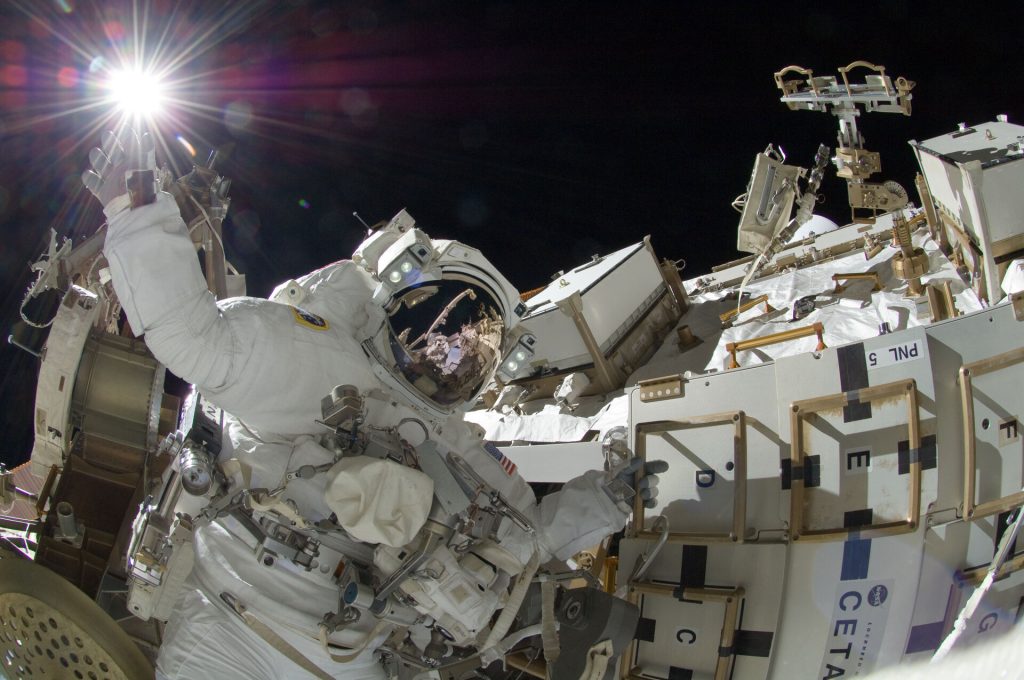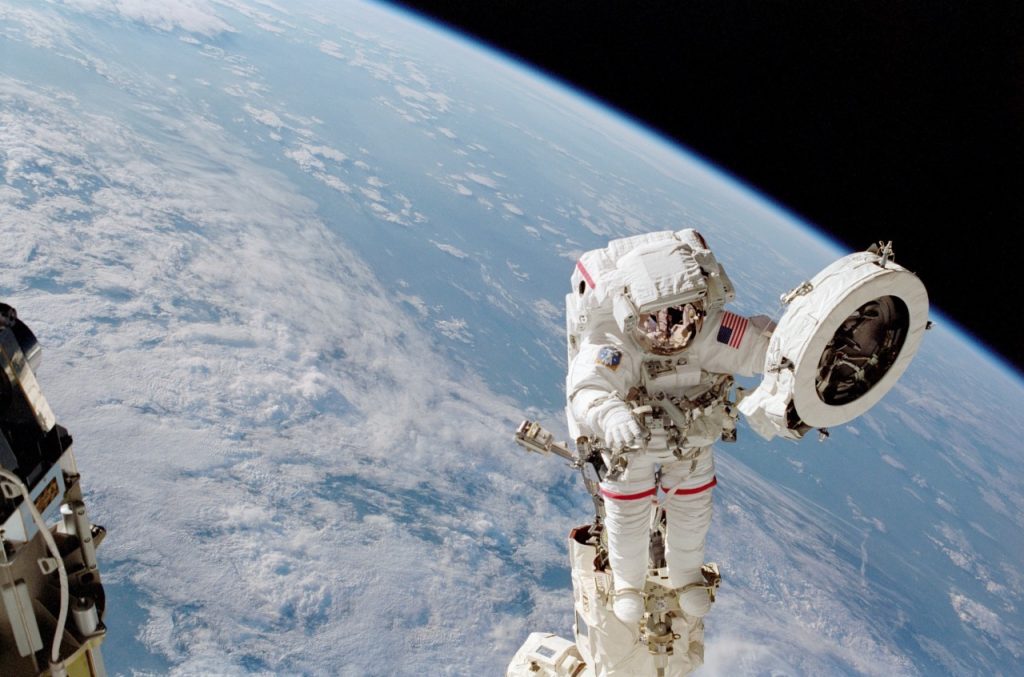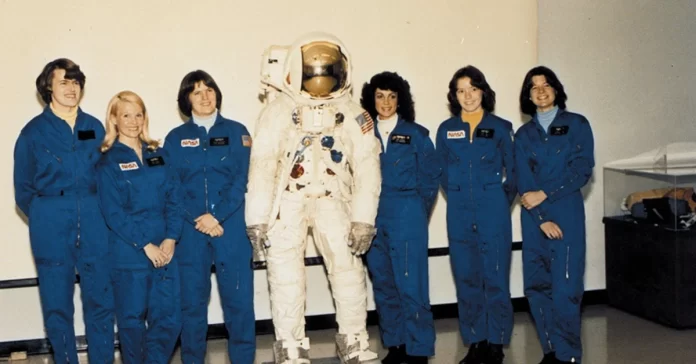The selection of women astronaut for NASA’s space program was a groundbreaking event in the history of space exploration. NASA’s decision to include women in its space program was not only a significant milestone for gender equality but also a testament to the agency’s commitment to diversity and inclusive. In this essay, we will explore how and why NASA selected women astronauts for its space program.

The first American woman in space was Sally Ride, who flew on the Space Shuttle Challenger in 1983. However, the path to selecting women astronauts began much earlier. In the 1950s and 1960s, NASA’s space program was dominated by men, and women were not considered for astronaut roles. However, in the 1960s, a group of women who were experienced pilots, known as the “Mercury 13,” underwent testing to determine their suitability for spaceflight. Despite passing the same tests as the male astronauts, they were ultimately excluded from the program due to their gender.

It wasn’t until 1978 that NASA opened the astronaut program to women. The decision to include women was influenced by several factors. First, the civil rights and feminist movements of the 1960s and 1970s had highlighted the need for equal opportunities for women in all fields, including science and engineering. Second, NASA had experienced significant setbacks in its space program, including the Apollo 13 mission, which highlighted the need for a more diverse pool of astronauts to mitigate risk and improve mission success.
To select women astronauts, NASA opened its astronaut program to women pilots and scientists who met the same qualifications as male candidates. This included having a degree in a science or engineering field, at least 1,000 hours of pilot-in-command time, and passing a rigorous physical and psychological evaluation.
The first class of women astronauts, selected in 1978, included six women: Sally Ride, Shannon Lucid, Judith Resnik, Anna Fisher, Kathryn Sullivan, and Rhea Seddon. They were known as the “TFNG” (Thirty-Five New Guys) by their male counterparts. The women underwent the same training as their male counterparts and proved to be just as capable and successful in their roles.
The selection of women astronaut for NASA’s space program had several important implications. it demonstrated NASA’s commitment to diversity and inclusivity, which is crucial in a field as complex and risky as space exploration. it inspired a new generation of women to pursue careers in science, technology, engineering, and mathematics (STEM) fields, and helped to break down gender stereotypes and barriers.
NASA’s decision to include women astronaut in its space program was a significant milestone in the history of space exploration. It was influenced by social and political movements of the time and demonstrated NASA’s commitment to diversity and inclusivity. The women who were selected as astronauts proved to be just as capable and successful as their male counterparts, and their inclusion in the program helped to inspire a new generation of women in STEM fields.

